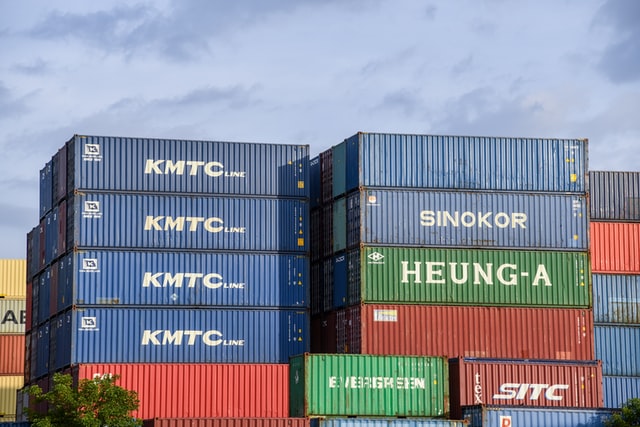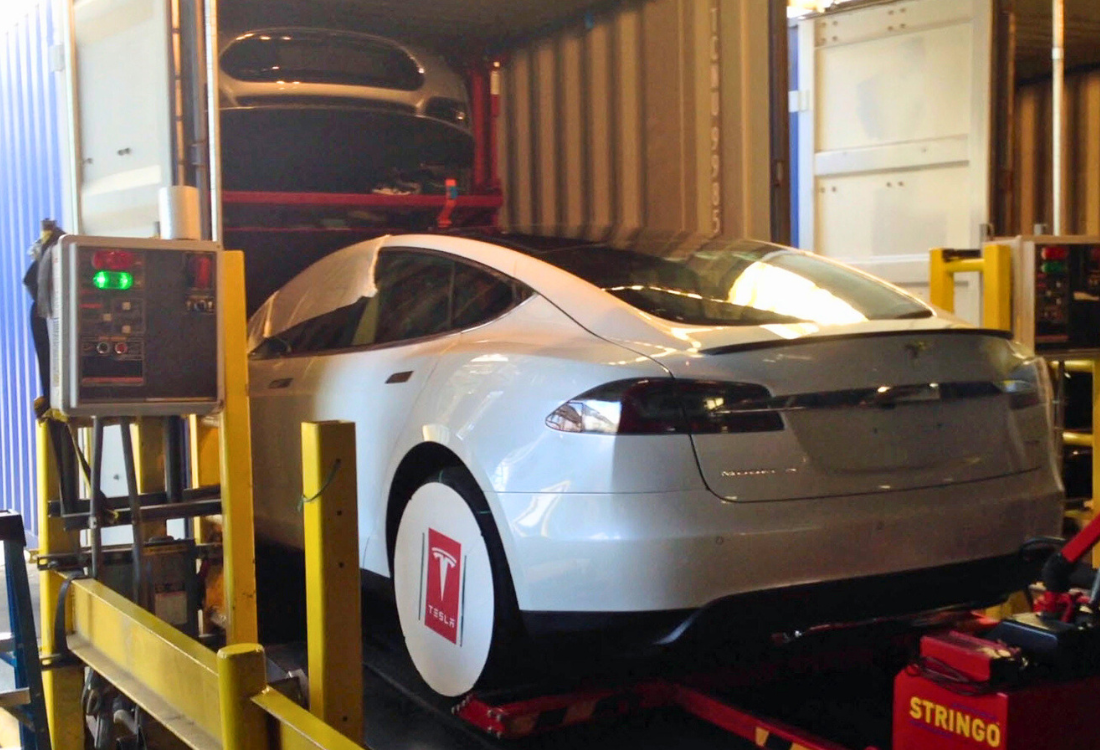
Container shipping is a very efficient and cost-effective way to transport cars across large distances, but the topic of containerised shipping for cars is fraught with misconceptions. One of the greatest of these is the idea that wooden racking is the safest and most reasonable option for the automotive transport industry. In reality, there are far better alternatives out there than this costly and outdated option.
The beauty of containerised shipping is that it enables companies to double or triple capacity by stacking cars within containers onto customisable racking systems. But the conventional wooden racks that transporters have been using for decades are bulky, rigid, single-use frames that don't square with either the needs of today's sustainability focused society or those of an increasingly competitive logistics industry.
Wooden Racking Vs. Trans-Rak Systems
Sustainability.
While wooden racking may be pushed as the ‘eco-friendly’ option because wood stores carbon, it's not. It's often a single-use product, tailored to a specific consignment and never used again. It's also not environmentally sustainable because rather than being recycled, the racking is often burnt on site after the vehicles are unloaded. When compared to Trans-Rak systems, made of high-strength SPA-H steel with a working life of up to a decade, the benefits of wooden racking simply don't stack up. Trans-Rak systems aren't as wasteful or labour-intensive. They also don't have any of the vulnerabilities of wooden racking, including warping, splintering, or the risk of structural collapse not only to the main frame, but also to the timber and plywood panels used to screen the cars.
Efficiency.
The whole point of using internal racking is to increase container capacity. But with temporary wooden structures, the entire process can be time-consuming, inefficient, and costly. Rather than build a wooden rack only to dispose of it upon delivery, our customers use Trans-Rak solutions like the modular R-RAK in-container racking system. Together with 3D modelling software, it enables automotive transporters to visualise the configuration of a consignment, how cars should be positioned to save space, and how the racks can be repositioned or folded on their return journey to save cubic space and time, cutting costs in the process.
Versatility.
Because wooden structures are bulky, heavy, and hard to reconfigure, they are only suitable for specific types of vehicles. Trans-Rak's suite of products includes the DL-RAK for wide or damaged cars, the SKD-RAK for vehicle bodies and the EL-RAK external loading cassette that's ideal for electric and hybrid cars. What's more, the R-RAK modular system can be configured to carry vehicles of any type, from small cars to trucks, with only some quick and easy adjustments. Since these racking systems can be folded single-handedly and collapsed at destination, there's far less human handling and training necessary to operate them, which adds to the list of options our customers can avail of as they plan their routes.
Download Our Free Guide
For more information about containerised car transport and the best ways to maximise space and reduce risk, please download a free copy of our Containerised Car Transport Guide.
Image source: Unsplash















